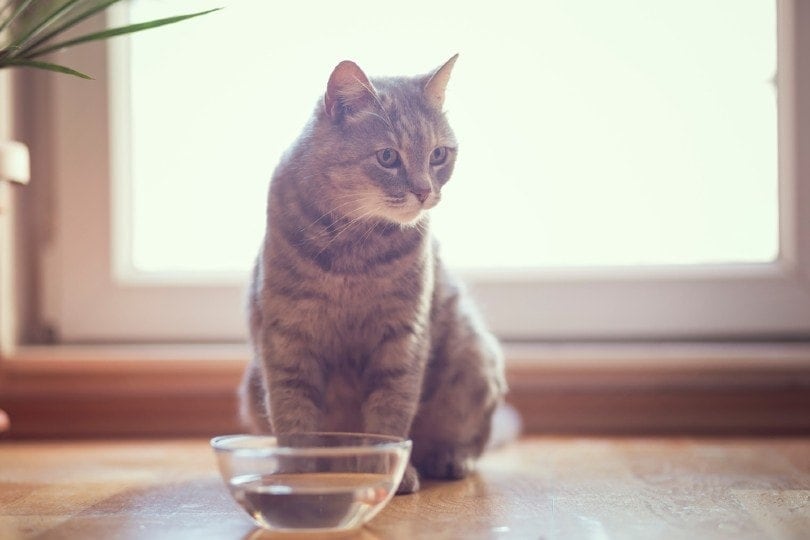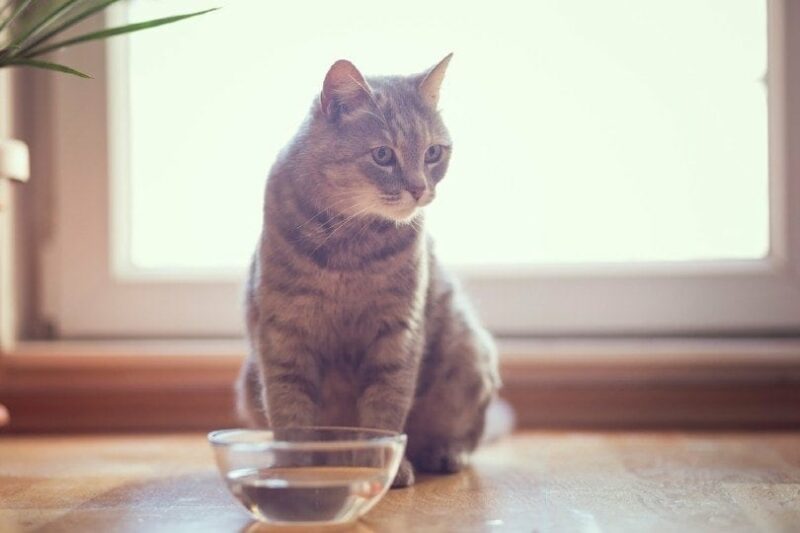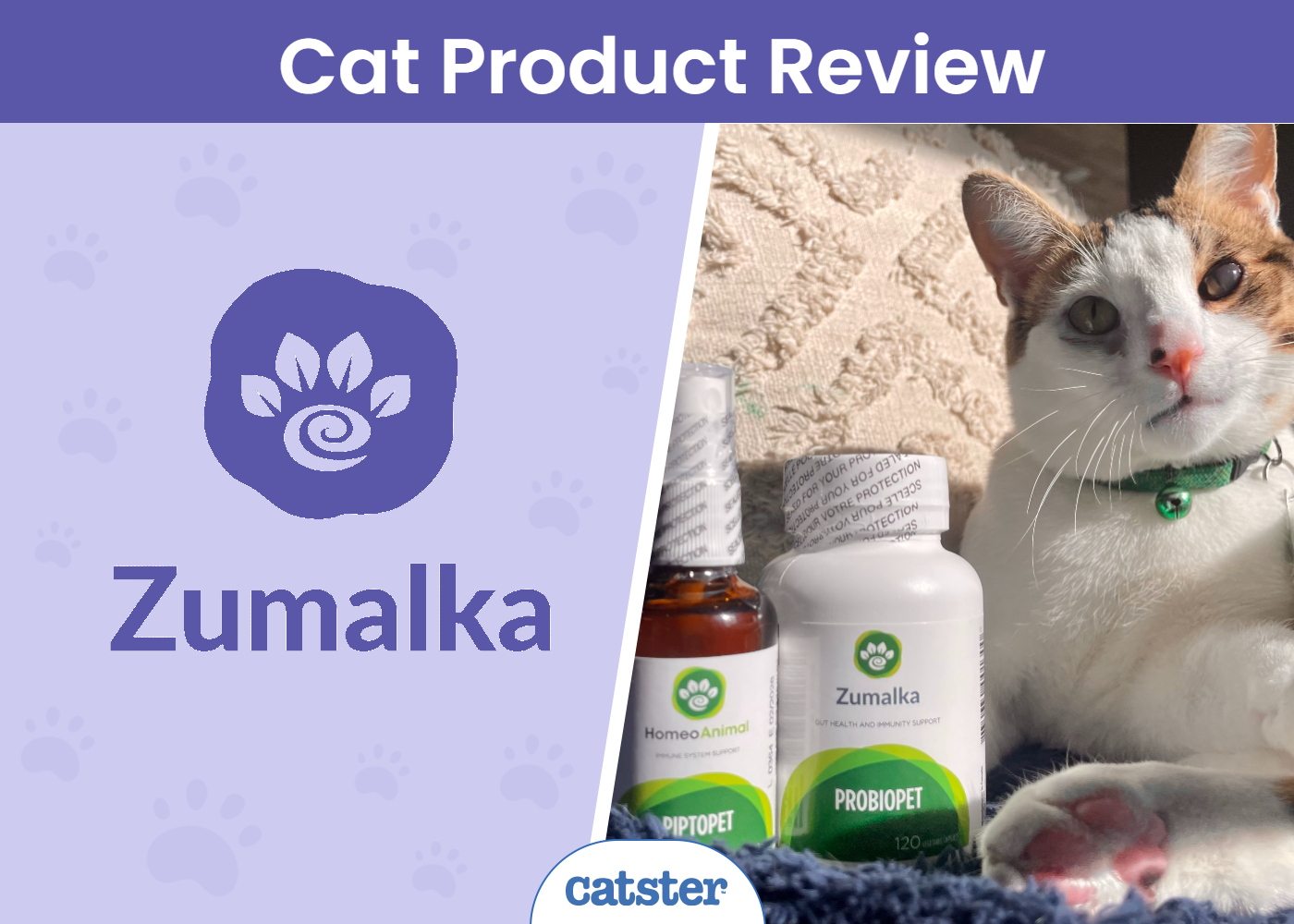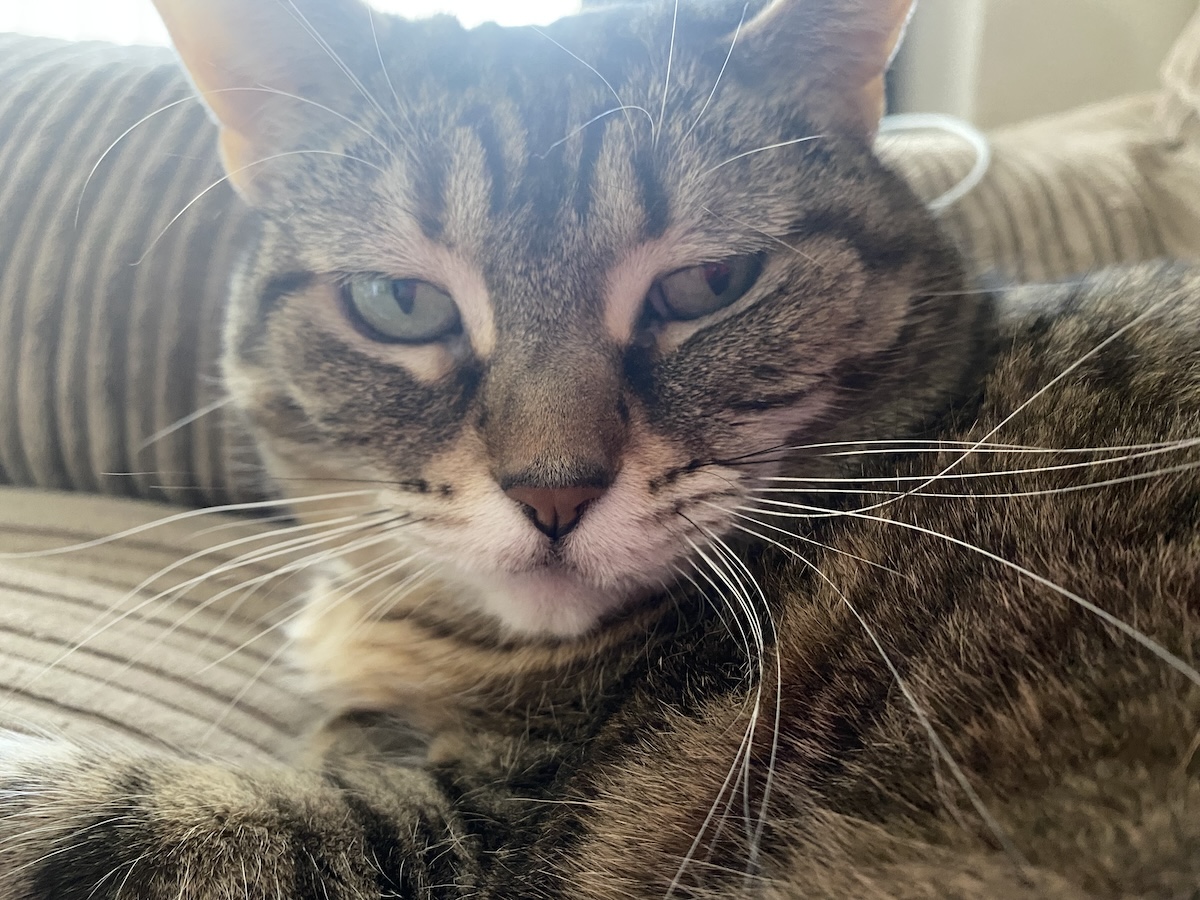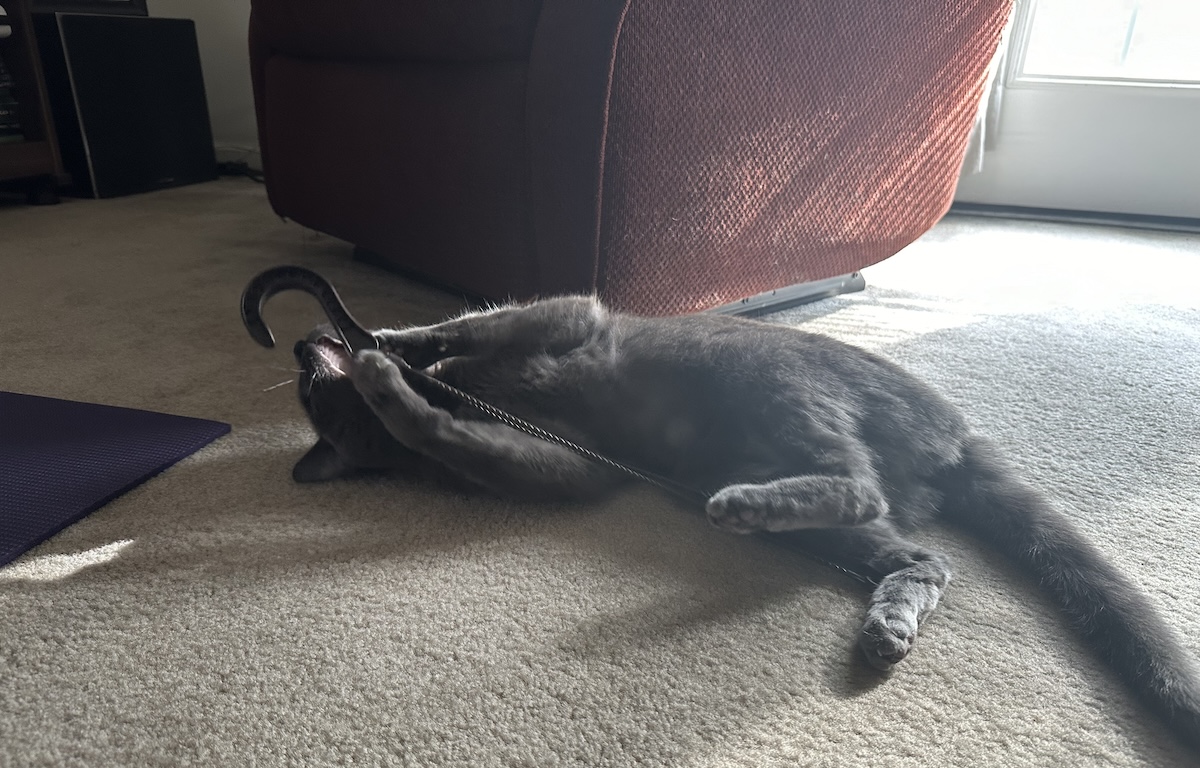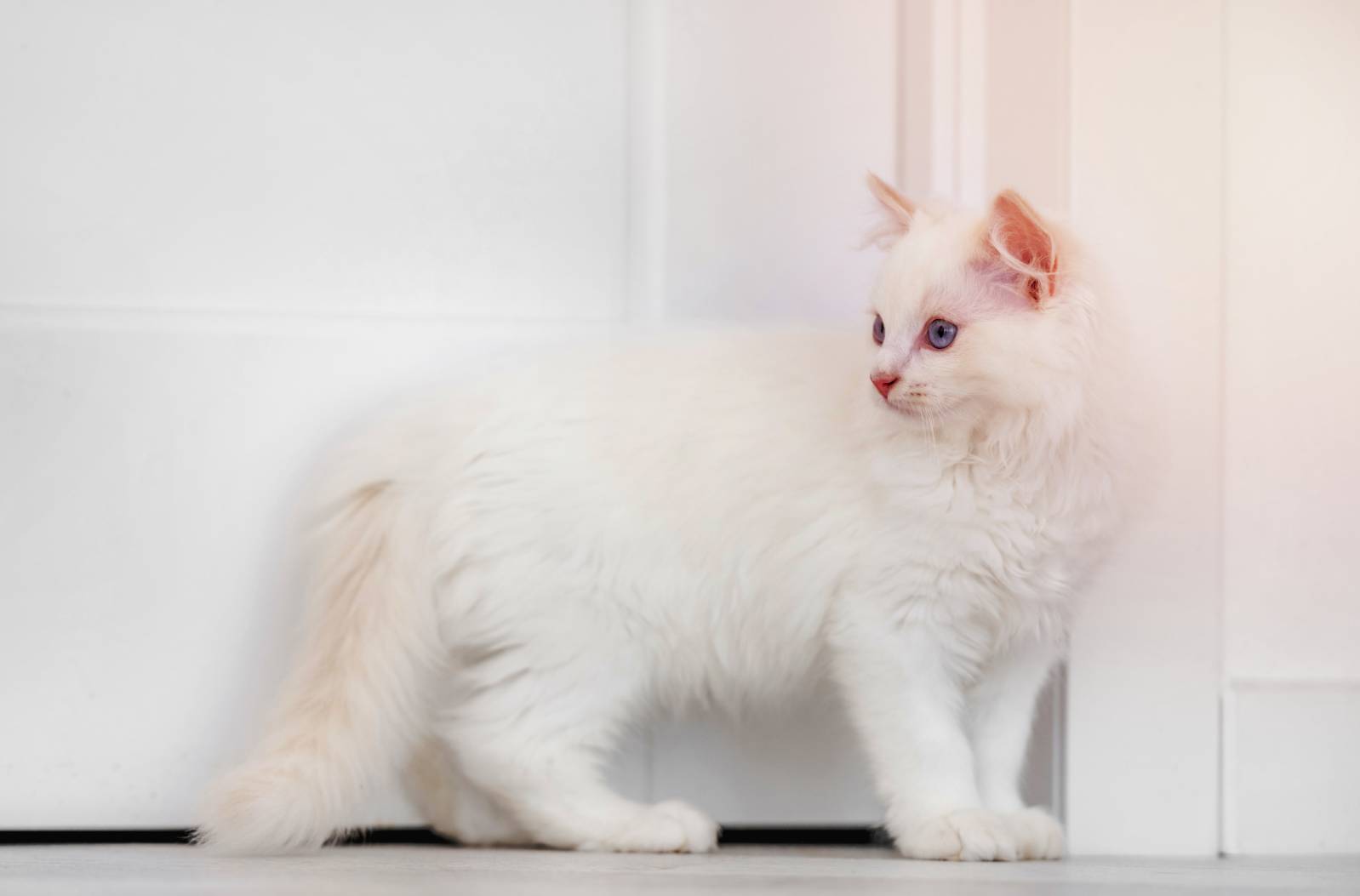The dog’s water bowl may be one of the dirtiest items in the house, but a cat’s water bowl can get pretty disgusting, too. If you’ve noticed your kitty’s drinking vessel looking a little slimy these days, have you ever wondered why?
In this article, we’ll cover three likely reasons your cat’s water bowl gets slimy that go from having old water in the bowl to a lack of cleaning. We’ll also let you know if the slime is dangerous to you or your cat and how to prevent it from building up.
The 3 Reasons Your Cat’s Water Bowl Gets Slimy
1. Old Water
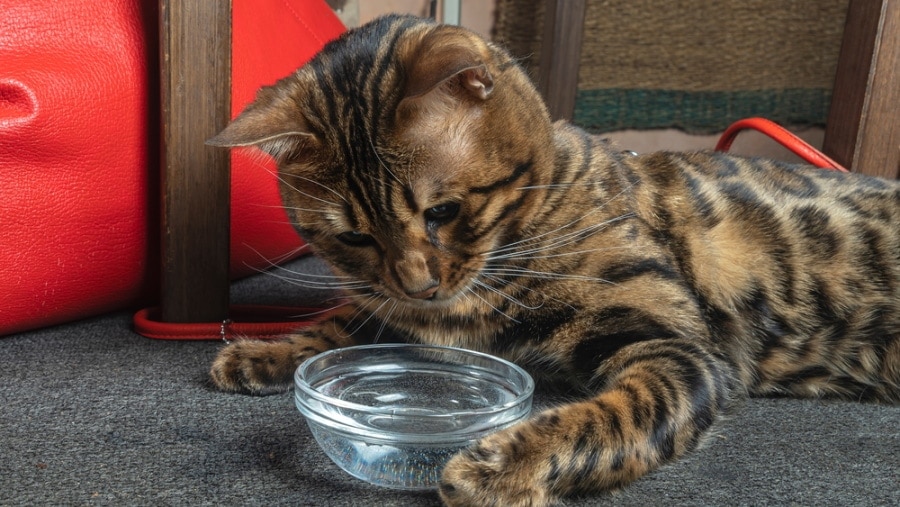
If the water in your cat’s bowl goes unchanged for too long, the bowl can become slimy. Dogs drink so much water that you have to refill it often. Ideally, cats should drink 3.5-4.5 ounces of water per 5 pounds of body weight each day.
If the bowl holds 8 ounces of water, a 10-pound cat should just about empty it each day. However, many cats don’t drink enough water, especially if they eat canned food, which supplies much of the liquid they need. Under those circumstances, it’s easy for the water to get old as it sits out for long periods, which increases the chances of the bowl getting slimy.
Solution: Give your cat fresh water daily, no matter how empty the bowl is. To encourage your cat to drink, consider purchasing a cat water fountain. Many cats enjoy drinking moving water more than stagnant water. You could also ask your vet if adding broth or tuna juice to your cat’s water is okay to make it taste more flavorful.
Cats can be very particular about many things, including the water they drink. The right water fountain can provide your cat with clean, fresh water.
- Premium 304-Grade Stainless Steel - This metal cat water fountain is hygienic, with superior...
- Serene & Healthy Cat Drinking Fountain Experience - With whisper-quiet pumping & an advanced...
- Say Goodbye to Dehydration - Provide your cat with a constant source of flowing water with this...
We recommend Hepper's Stainless Steel Cat Water Fountain, an easy-to-clean model with three different flow modes, a large capacity, and effective triple filtration. This minimalist fountain runs quietly and will fit right into your home.
At Catster, we’ve admired Hepper for many years and decided to take a controlling ownership interest so that we could benefit from the outstanding designs of this cool cat company!
2. Bowl Hasn’t Been Washed
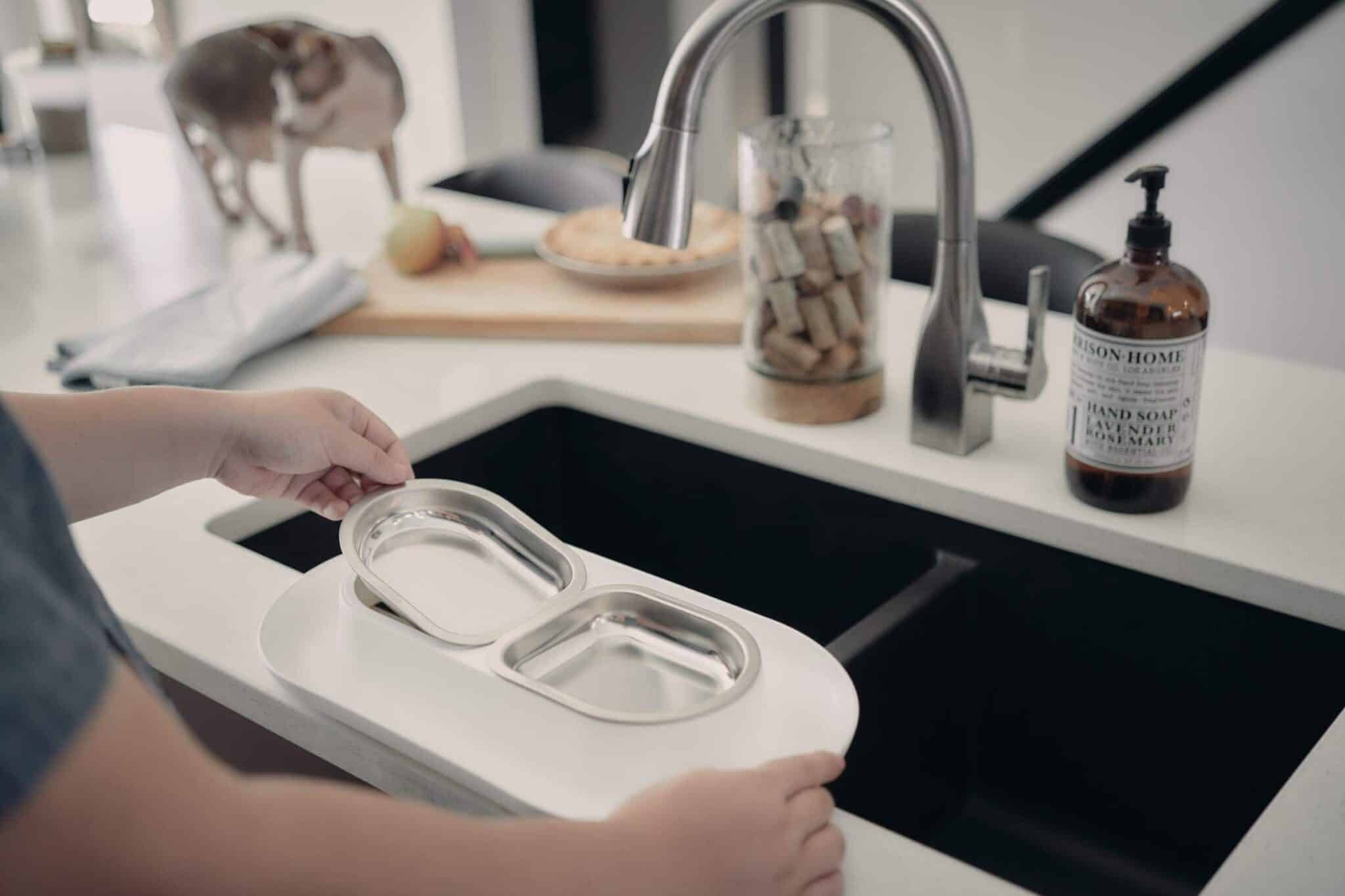
You wouldn’t expect your dishes to stay clean if you never washed them, would you? Your cat’s water bowl is no different. If you don’t wash it, it will get slimy. If your cat eats wet food, you probably already wash your kitty’s food bowl frequently to remove crusted, smelly leftovers.
It might not be as easy to remember to clean the water bowl, but it’s just as important. Dirty bowls can impact the flavor of the water, making your cat less likely to drink.
Solution: Wash your cat’s water bowl at least once a week. To make your life easier, look for dishwasher-safe bowls. If you hand wash the bowl, use hot water and regular dish detergent, but rinse it thoroughly.
3. Biofilm
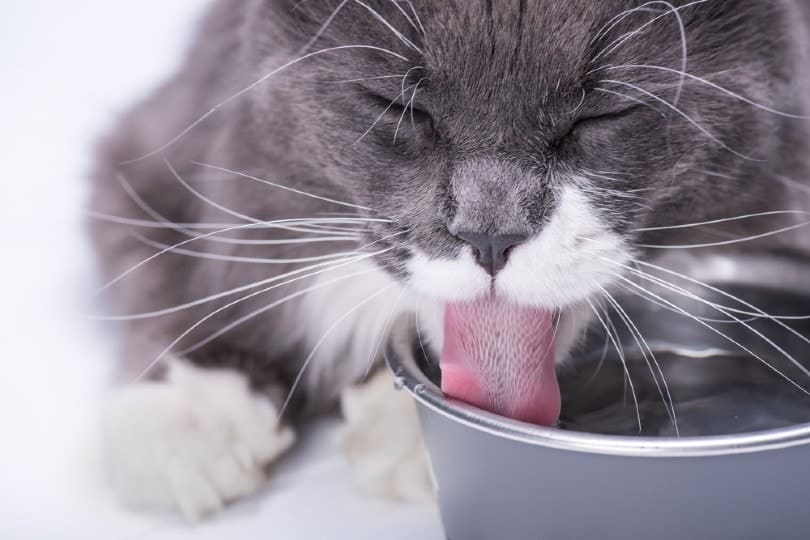
Over time, the combination of dirty water, lack of cleaning, and your cat’s saliva can develop biofilm, which is a slimy coating on the water bowl. A biofilm develops from multiple types of bacteria floating around your cat’s bowl. The organisms bind together, forming a slime that sticks to surfaces like the water bowl.
Both harmful and beneficial bacteria may be present as part of the biofilm, and the possibility of dangerous organisms means you shouldn’t take any chances with the slime build-up.
Solution: Frequent wiping and washing of the water bowls will keep biofilm from taking hold. We already mentioned washing the bowl at least once a week, but even a quick wipe with a paper towel can keep biofilm slime from developing. Stainless steel water bowls are more resistant to biofilm.
Is the Slime in the Water Bowl Dangerous?
Unfortunately, the biofilm in your cat’s water bowl can harbor dangerous bacteria. E. coli, Listeria, and other organisms can cause illnesses in humans and cats. Studies of biofilm found that plastic bowls developed the most bacteria, while ceramic bowls spawned the most dangerous strains of bacteria, including antibiotic-resistant strains.
The longer you use the same water bowl, the higher the chance that dangerous slime could develop, especially if you neglect your cleaning regimen.
Choosing the right food and water bowls for our feline companions can pose certain challenges for pet owners. The Hepper NomNom Cat Bowl provides a chic and innovative solution that supports cat specific needs, such as shallow bowls and a subtle elevation that fosters whisker relief, posture comfort, and improves digestion. It features an elegant contemporary design with a wide wrap-around tray aimed at minimizing any messes from ending up on your floor! Furthermore, this bowl is entirely dishwasher safe, so pet owners are able to spend more time with their cats instead of cleaning up after them. Discover why the Hepper NomNom Cat Bowl is right for both you and your kitty by clicking here. At Catster, we’ve admired Hepper for many years and decided to take a controlling ownership interest so that we could benefit from the outstanding designs of this cool cat company!

Conclusion
Slimy cat water bowls may be unpleasant, but they’re also easy to avoid. Now that you know the three likely reasons for the slime, you can keep your cat’s water bowl shiny and sanitary. If you use a water fountain instead of a bowl, you’ll need to be extra diligent to prevent slime from developing because it contains more parts than a simple bowl. Slime in your cat’s bowl can be a source of dangerous bacteria, so be proactive in fighting back.
Featured Image Credit: Impact Photography, Shutterstock

